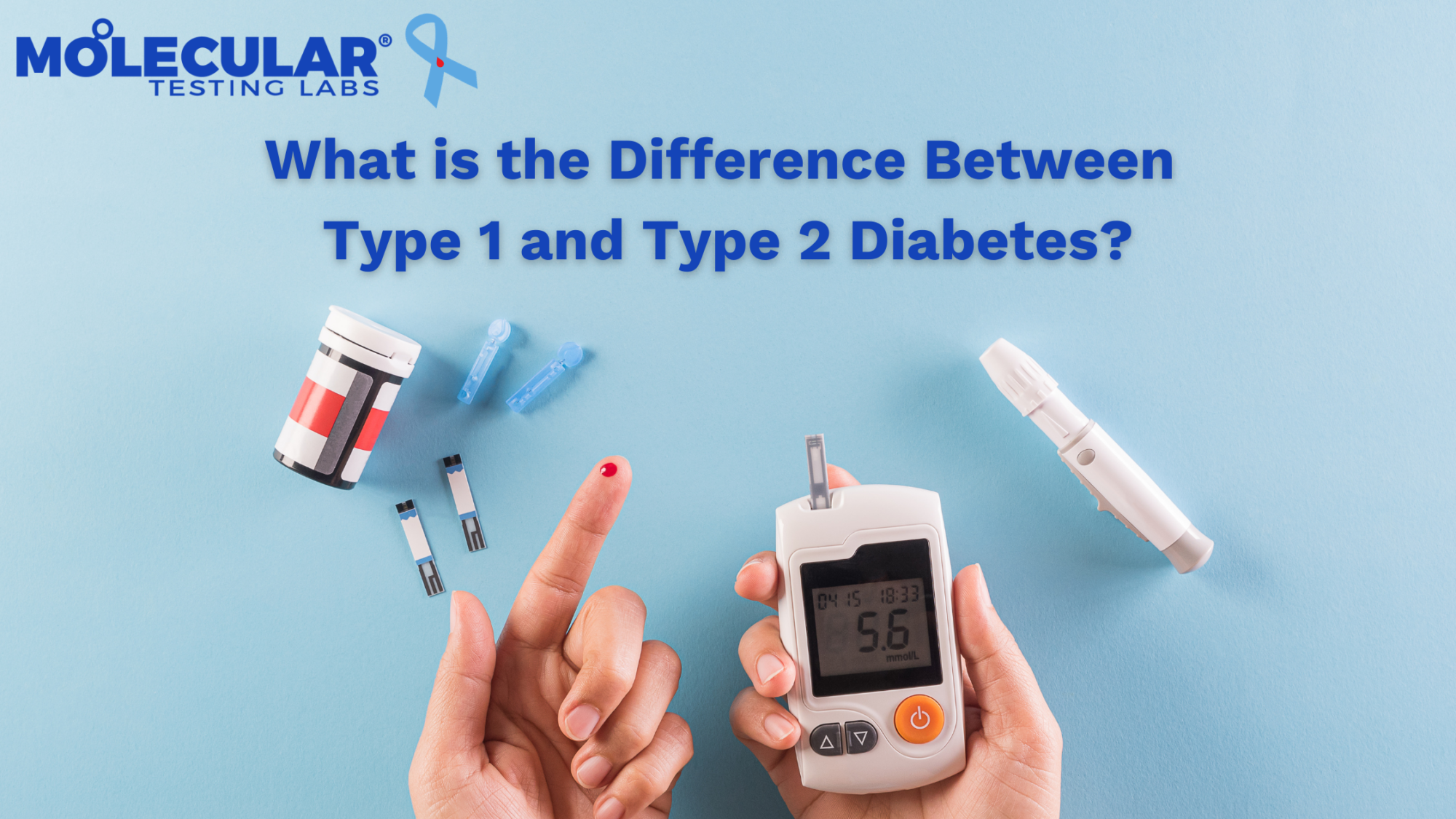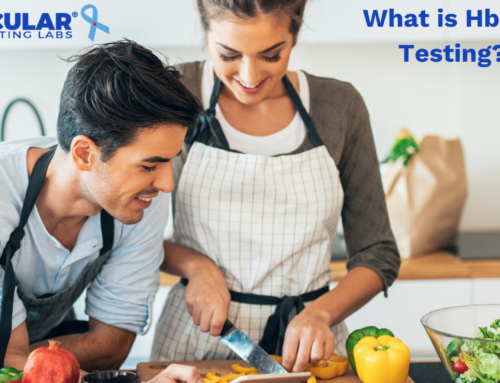
What is The Difference Between Type 1 and Type 2 Diabetes?
Share:
According to the Centers for Disease Control and Prevention (CDC), “Diabetes is a chronic (long-lasting) health condition that affects how your body turns food into energy.” Typically, your body breaks down your food into glucose (the form of sugar usable to your body), which is released into your bloodstream. The rise in blood glucose levels signals your pancreas to release a hormone called insulin, which helps the glucose enter your cells to be used as energy. If you have diabetes, this system is interrupted, either because your body does not produce enough insulin – type 1 diabetes – or because your body is unable to utilize insulin properly – type 2 diabetes. When this happens, glucose builds up in your bloodstream and can cause health problems in other organ systems, such as the cardiovascular system, nervous system, eyes, and kidneys.
Diabetes Type 1
Type 1 diabetes is thought to be caused by an autoimmune response, meaning the body attacks its own cells, which renders the islet cells within the pancreas unable to produce insulin. People who have close family members, such as a parent or sibling, who have type 1 diabetes are more likely to be diagnosed with this form of diabetes. While type 1 diabetes is often diagnosed after patients present with severe symptoms in childhood or adolescence, onset can happen at any age. Those symptoms include increased thirst and urination, unintended weight loss, increased hunger, fatigue, irritability, and blurred vision.
Diabetes Type 2
Type 2 diabetes has two causes. In some patients, the pancreas cannot produce enough insulin to manage blood glucose levels properly. In others, muscle, fat, and liver cells become resistant to insulin, causing glucose to stay in their blood instead of entering the cells to be used as energy. In both cases, glucose builds up in the blood, resulting in further health problems. Symptoms of type 2 diabetes include increased thirst, increased fatigue, increased urination, blurred vision, increased infections, slow-healing wounds, and tingling in the hands and feet. These symptoms may come on over time, making them difficult to recognize. Because the onset of type 2 diabetes can occur over a long period, many people do not know they have it and go untreated, increasing their risk of other health problems. That is why it’s recommended that you see your doctor for regular checkups, including having your HbA1c checked.
Molecular Testing Labs HbA1c testing on dried blood samples makes testing your HbA1c simple. A quick finger prick is all that is needed to collect a sample, eliminating the need for a trip to the lab for a blood draw. We are committed to closing the gaps between large communities and small by making affordable HbA1c testing accessible for more people.
Continue the discussion by sharing this post on your social media!
References
- Centers for Disease Control and Prevention. (2023, September 5). What is Diabetes? https://www.cdc.gov/diabetes/basics/diabetes.html
- Mayo Clinic. (2023, September 15). Type 1 diabetes. https://www.mayoclinic.org/diseases-conditions/type-1-diabetes/symptoms-causes/syc-20353011
- Mayo Clinic. (2023, March 14). Type 2 diabetes. https://www.mayoclinic.org/diseases-conditions/type-2-diabetes/symptoms-causes/syc-20351193


